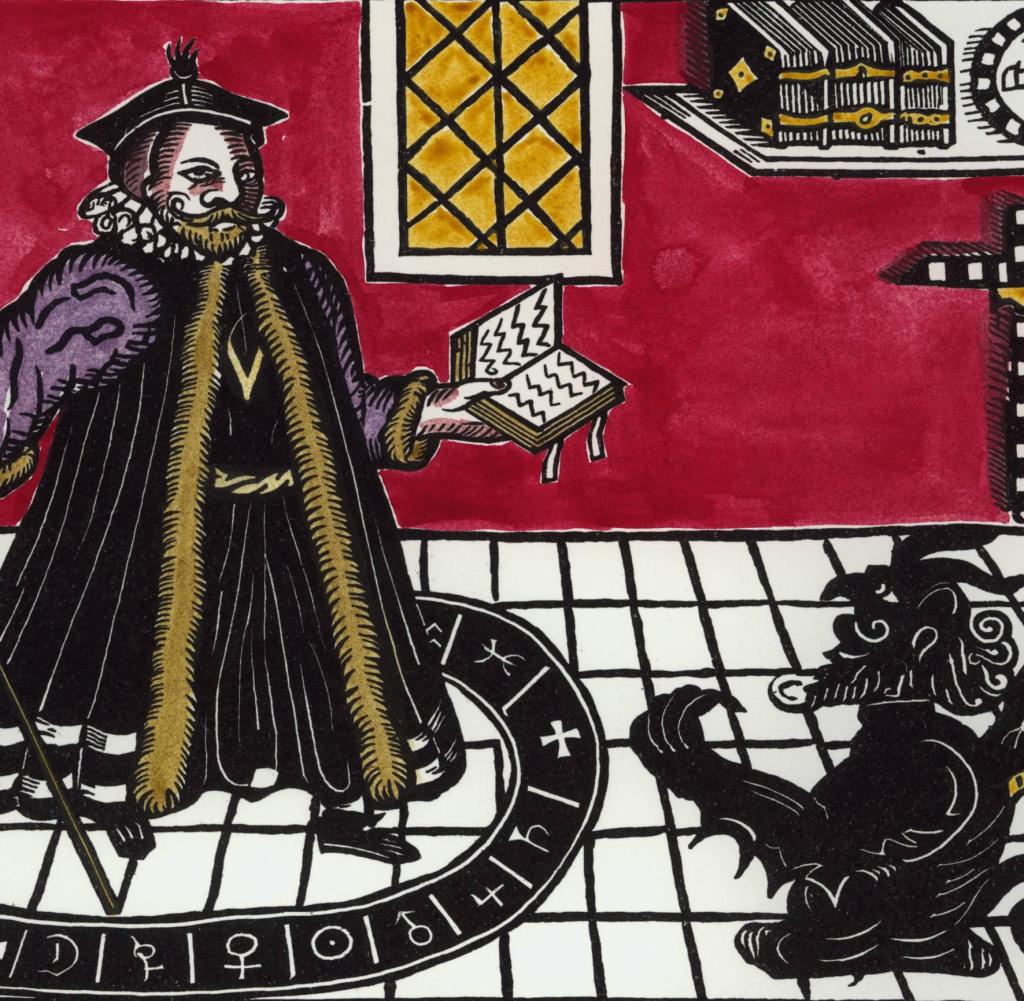
Born like Shakespeare in 1564, Christopher Marlowe was murdered at the young age of twenty-nine in a brawl over a tavern bill in 1593 – for “a great reckoning in a little room,” as the clown Touchstone puts it in Shakespeare’s As You Like It. However, Marlowe was not only Shakespeare’s contemporary, but also one of the most controversial and influential early modern English dramatists in his own right. Unshackled by the conventional moral, religious, and political pieties of the Elizabethan period, the few plays which Marlowe wrote before his death left an indelible mark on the future course of English drama. In his dramatic oeuvre, Marlowe stages a broad spectrum of early modern dissent and subversion – political, religious, as well as sexual – and encapsulates the tensions between humanist aspirations to self-determination and the strictures of early modern Christianity more succinctly than any of his contemporaries.
In this seminar, we will read three of the seven plays that are commonly attributed to Marlowe, Doctor Faustus, The Jew of Malta, and Edward II. The protagonist of Doctor Faustus seeks to transcend the boundaries of human knowledge by making a deal with the Devil, only to regret his decision bitterly once his time is running up. The Jew of Malta is set on an island that found itself in the middle of the geopolitical conflict between the expanding Ottoman empire and Christian interests in the sixteenth-century Mediterranean. Even as the play exposes the pious hypocrisies of early modern anti-Judaism, it features a Jewish protagonist who positively relishes in his ruthless pursuit of vengeance against his Christian oppressors. Finally, Edward II chronicles the reign of one of England’s most incompetent medieval monarchs and pits political and sexual intrigue against divine providence as the driving force of history. All three plays thus feature recurrent patterns of political, religious, and moral transgression, which we will study in a close analysis of the plays and Marlowe’s dramatic techniques as well as the historical contexts in which they were written.
- Teacher: Kilian Markus Schindler
